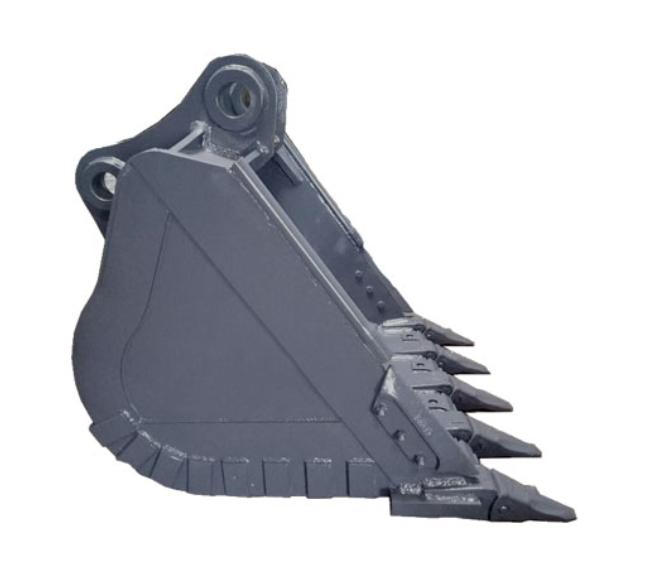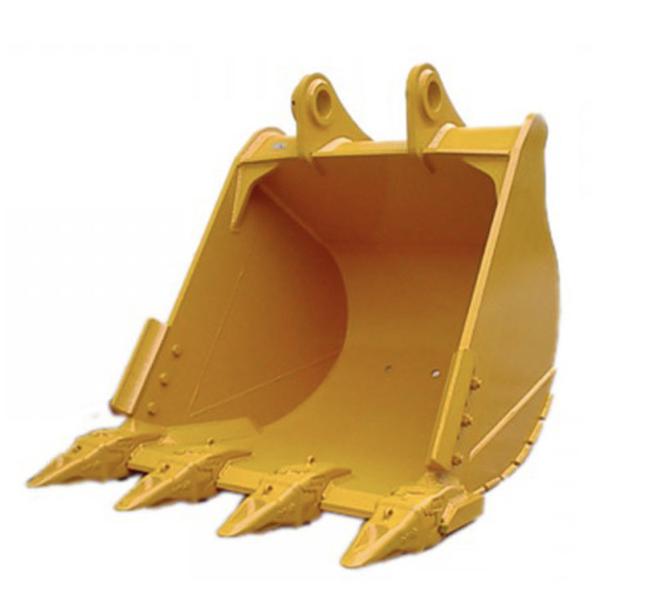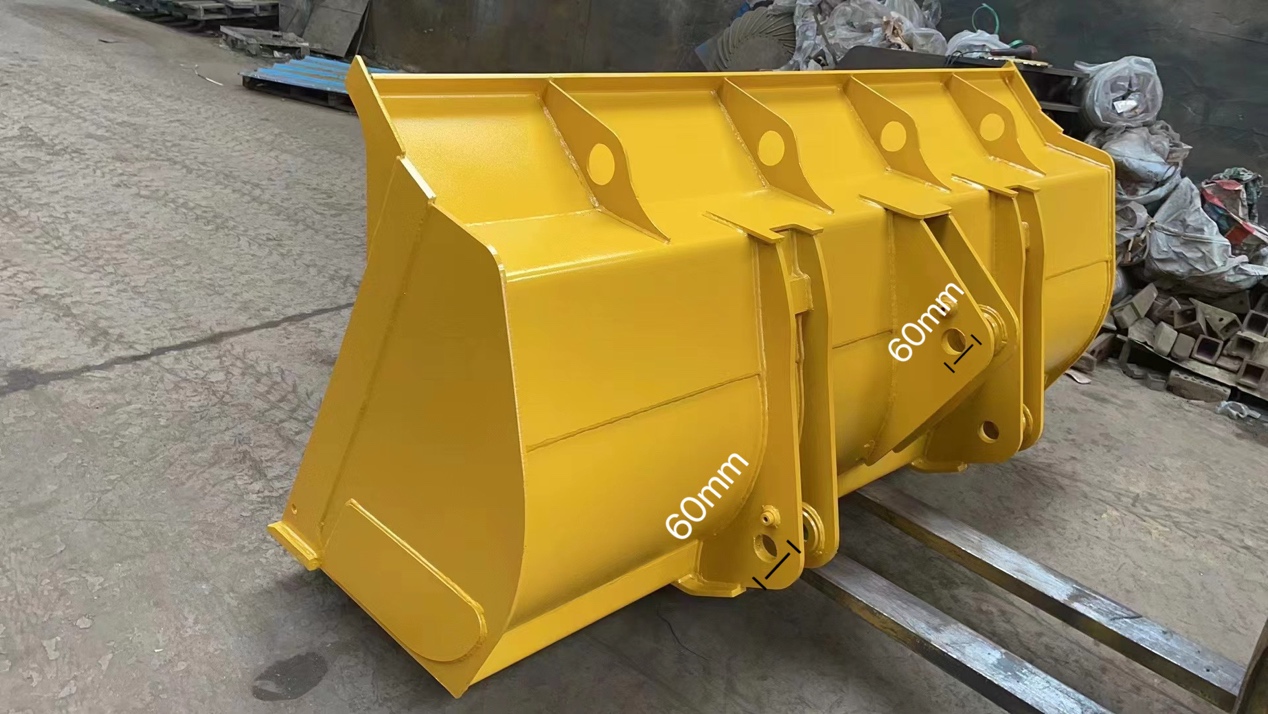Excavator / Digger Buckets are frequently used incorrectly! Misusing your buckets can cause unnecessary wear and tear that can cause expensive or unrepairable damage.
How are Digging / Grading Buckets Misused?
There are numerous ways in which Excavator / Digger Buckets are misused within the industry.
1.Lifting Concrete Slabs - Digging / Grading Buckets are regularly used for lifting concrete slabs while tearing up patios, pathways, driveways and more. Although very strong, your standard bucket can only withstand a certain amount of harsh working conditions. They are designed for digging in rough terrain but toothed / bladed bucket edges can become damaged when lifting extremely heavy materials that are securely fitted to the ground.
2. Ripping Out Posts - Similarly to lifting concrete slabs, Digging / Grading Buckets are frequently used for ripping out objects like fence posts or tree stumps. As you can imagine, objects like these are, usually, fairly well fixed into the ground. This obviously means that the amount of force required to remove them from the ground is beyond the strength that the bucket and / or machine will be able to withstand. It may be okay initially, but continually used in this way would cause significant damage to the bucket structure as well as the excavator’s physical and mechanical components. Instead, you should use an attachment like a Ripper Tooth to rip up and stubborn objects or tough terrain and then use your Digging Bucket as standard afterwards.
3. Knocking In Posts - Opposite to removing posts is obviously…putting them in. One of the easiest ways that construction or landscape workers have found to secure objects like fence posts is by using the underneath or the side of the bucket and continually knocking it in with the power of the excavator. Although, this can be effective, the repercussions of using your bucket in this way can cause cracks in the bucket which threatens the structural integrity of the bucket. This could lead to your bucket being damaged beyond repair.
4. Using a Grading Bucket as a Bulking Bucket - Some excavator operators believe that using a Grading Bucket instead of a Digging / Bulking Bucket will be more efficient and quicker as the bucket is wider so must hold more material. This is actually a false, although a Grading Bucket is wider, the depth has been narrowed to reduce the weight of the bucket so that the excavator is able to utilise the bucket without damage. This is the same across all excavator sizes and manufacturer. The Standard Digging / Bulking Bucket does actually hold a larger volume of material even though the are narrower than the Grading Bucket due to the increased depth. This means that Digging / Bulking Buckets are best used for moving material quickly and efficiently.
5. Using the back of a Grading Bucket for Levelling - Speaking of Grading Buckets, these buckets are regularly used incorrectly and cause unnecessary wear and tear. The back / reverse of a Grading Bucket is often used to level / profile / finish a surface – although this can be effective, it damages the reverse of bucket due to the continued impacted with abrasive surfaces. Instead, a Grading Beam should be used. These are a fairly new attachment to the market but are highly sought after and desired by many landscapers as they make finish of projects like levelling top soil before laying turf and spreading piles of aggregate across a driveway much quicker and easier.
Jiale CO.,LTD today delivery EXCAVATOR BUCKET and BUCKET XCMG LW300 to Philippines.
JALE also supply excavator undercarriage parts. Holland, Bobcat, Caterpillar, Komatsu, Hitachi, Doosan, JCB, Kobelco, Hyundai, Volvo excavator and bulldozer in the future!
Post time: Aug-15-2022



